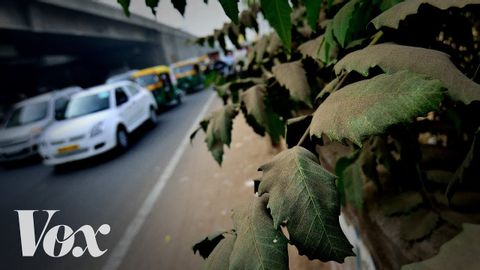
Subtitles & vocabulary
Why cities should plant more trees
00
April Lu posted on 2018/11/19Save
Video vocabulary
majority
US /məˈdʒɔrɪti, -ˈdʒɑr-/
・
UK /mə'dʒɒrətɪ/
- Noun (Countable/Uncountable)
- Amount that is more than half of a group
- The age at which a person is legally considered an adult.
B1TOEIC
More matter
US /ˈmætɚ/
・
UK /'mætə(r)/
- Intransitive Verb
- To be of great importance; to count
- Uncountable Noun
- Material all things are made of that fills space
A1TOEIC
More effective
US /ɪˈfɛktɪv/
・
UK /ɪˈfektɪv/
- Adjective
- Working efficiently to produce a desired result
- In operation; in force.
A1TOEIC
More culprit
US /ˈkʌlprɪt/
・
UK /ˈkʌlprɪt/
- Countable Noun
- Person who has done something wrong or illegal
B2
More Use Energy
Unlock All Vocabulary
Unlock pronunciation, explanations, and filters
